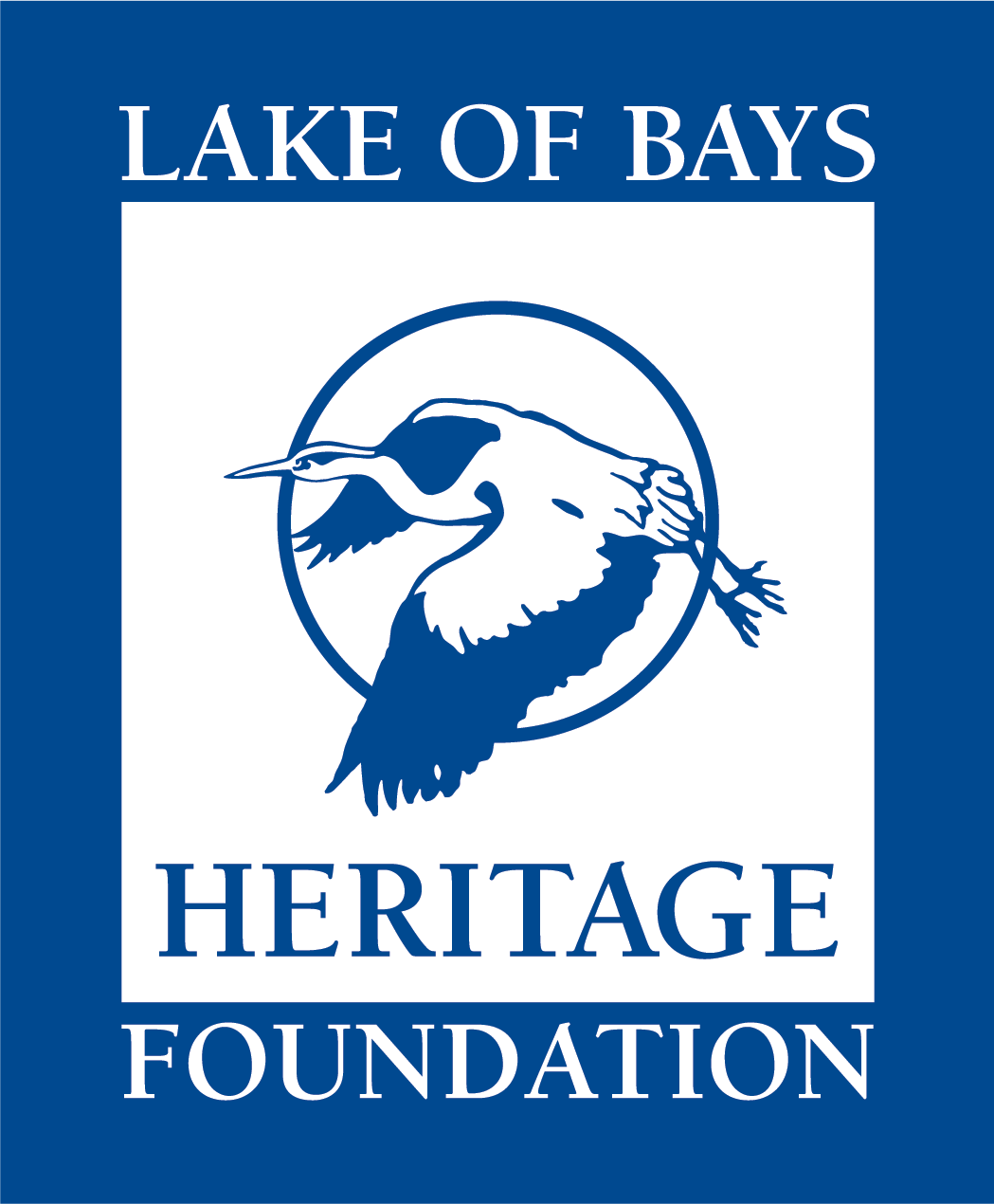Memoir
Historic Marsh’s Falls
Oxtongue River, headwaters of the Lake of Bays
The Lake of Bays Heritage Foundation (LBHF) has secured the property on the north side of the Oxtongue River at Marsh’s Falls. This property will now be under permanent conservation protection. Together with an adjacent property purchased in 2008, LBHF now owns and preserves 170 acres of mature wooded land as well as 6.5 kilometers of shoreline on both sides of the river. This represents 55% of the Lower Oxtongue River’s total shoreline. The Oxtongue River is one of the primary headwaters of Lake of Bays and stretches approximately 35 kilometres from Algonquin Park. This meandering waterway provides a diversity of habitats for a wide variety of wildlife species. The Lower Oxtongue River runs between Marsh’s Falls at highway 35 and Lake of Bays just east of Dwight Beach and is recognized for its ecological importance in the Muskoka District Heritage Areas Program and by the Township of Lake of Bays in the Official Plan. The property is also rich in cultural heritage. For thousands of years, native people traveled upriver on the Oxtongue River to reach the hunting and trapping grounds in what is now Algonquin Park. This property was the traditional canoe portage around Marsh’s Falls and therefore has potential as an archaeological site. Many native families are known to have used this route including the Big Canoes, Joes, Shipagews and Bensons. At that time the Oxtongue River was known as the Keewaydino Zeebi or North River. The sister river, Hollow River, flows out of Algonquin Park through Kawagama Lake into Trading Bay. It was known as the Wabun Zeebi or East River.
Lieut. Henry Briscoe passed through the Marsh’s Falls property in 1826 to survey the canoe route from Lake Huron to the Ottawa River via the Muskoka and Madawaska Rivers. The purpose was to find a possible canal route that would be less prone to American attacks than the St Lawrence River. In 1837 the famous explorer of Western Canada, David Thompson, along with four men, again surveyed and mapped the route. On September 6, 1837, they portaged their 25 foot cedar-planked canoe up the steep embankment around Marsh’s Falls. Thompson completed his survey in December concluding that a canal was not feasible. At the time, the government was preoccupied by the rebellion in Upper Canada and his report was shelved and then forgotten.
The Free Grants and Homesteads Act of 1868 opened Muskoka to settlement, although the Dwight area was not opened up until about 1877. George F. Marsh received Letters Patent from the Crown for 290 acres of Franklin Township on April 4, 1882, for the sum of $145.00. By February 1884, this land appeared as lots 7, 8 and 9 in the Registry Office records.
For the next 130 years, land that had been used and stewarded by generations of Ojibway people was privately owned. Marsh was an entrepreneur who moved his family north from the Toronto area. Sometime after 1882 George Marsh established a water-powered sawmill on his property below the falls and in 1884 he built and launched a steamship called the Mary Louise after his wife. Marsh became known as Captain Marsh and his steamship served the freight and passenger needs of Lake of Bays until 1907 when she was retired. The Mary Louise was one of the first steamers of a fleet owned by the Huntsville and Lake of Bays Navigation Company.
Marsh also had the inspiration for the Portage Railway, a small train using narrow gauge track to connect Peninsula Lake and Lake of Bays. Opening in 1904, it brought tourists and residents to the lake. The train, dubbed as The Portage Flyer, travelled only slightly more than one mile and was advertised as ‘the smallest railway in the British Commonwealth’.
Today, much of the property has gone back to nature and contains beautiful stands of red and white pine. Apart from the falls itself, there are two spectacular river bows cut into the sand plain below the falls. The bottom of the highest and driest of these oxbows is at least 15 feet above the existing water level. LBHF has worked with ecologists to assess the habitat and species found on the property and to develop a permanent stewardship plan. It is believed the property is one of the richest in terms of species diversity to be found anywhere in the Lake of Bays Township.
Protecting properties such as this is exactly what was intended by our Foundation’s Founders in 1985. Today LBHF operates a Land Conservation Fund to assist in meeting the custodial costs of protected lands and in pursuing other conservation opportunities. As a registered charity, LBHF provides tax receipts for donations that can be mailed to
Lake of Bays Heritage Foundation
P.O. Box 81, Baysville, ON
POB IAO
